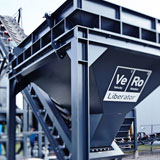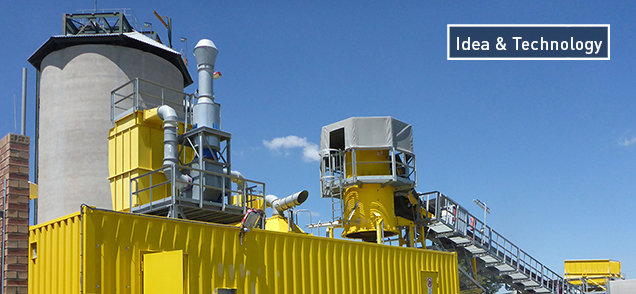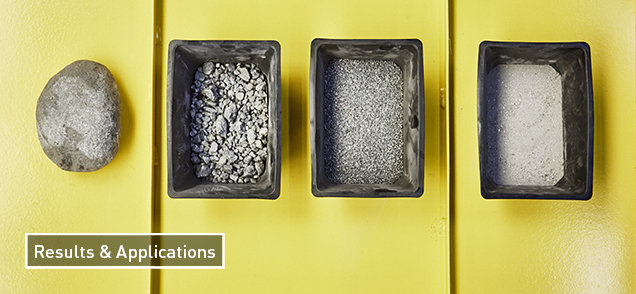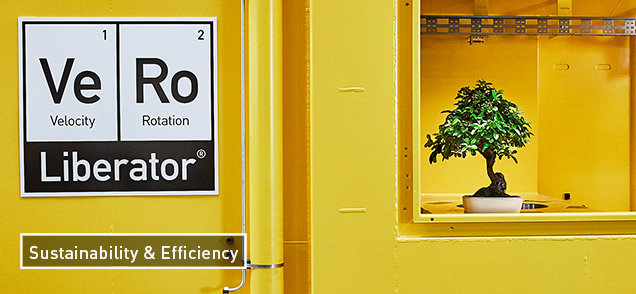The groundbreaking VeRoLiberator® technology
The basic idea is to apply high velocity impacts to solve the mounting problem of inefficient breakage and incomplete particle liberation.
The groundbreaking VeRoLiberator® technology delivers very high levels of liberation after single-pass comminution and uses significantly less energy than traditional methods – and operates dry.
This makes the VeRoLiberator® technology a cornerstone of climate-smart mining, as defined by the World Bank Group.
To find out more about the VeRoLiberator® see idea & technology, results & applications, sustainability & efficiency, and publications & news.
Idea & Technology
Peter Michael Scharfe (†) was reading articles about mining and thought about more efficient ways to separate ore minerals from waste and metals from process slags. The basic idea was to use physical methods to separate ore minerals from barren rocks and metals from slag.
The principle of the VeRoLiberator® technology is high-velocity rotation. The vertical axle-in-axle system rotates at very high speeds and in opposite directions on multiple levels with impact tools at very high speeds.
Discover the VeRoLiberator® idea & technology.
Results & Applications
We collaborate with Martin Luther University Halle-Wittenberg to investigate the comminution results and to find out why the machine delivers such a superior performance. Take a look at the detailed results of the comminuted ores and slags here.
Applications for the VeRoLiberator® are in the comminution of primary ores, industrial minerals or aggregate, the recycling of secondary waste materials, as well as metallurgical and incinerator slags.
Find out more about results & applications.
Sustainability & Efficiency
Comminution of ores accounts for approximately 5% of the total global energy consumption and uses large quantities of water. In future, the CO2 emissions and consumption of process water must be drastically reduced. Furthermore, tailings need better dewatering to make tailings dams safer.
In line with the need for climate-smart mining, the highly efficient VeRoLiberator® offers step-changing technology to reduce the carbon footprint of comminution by reducing the consumption of energy and water and to allow for the secure dry-stacking of tailings dams by coarse particle liberation.
Energy savings of up to more than 70% compared to conventional comminution is a major step to achieve these goals.
Read more about sustainability & efficiency.




